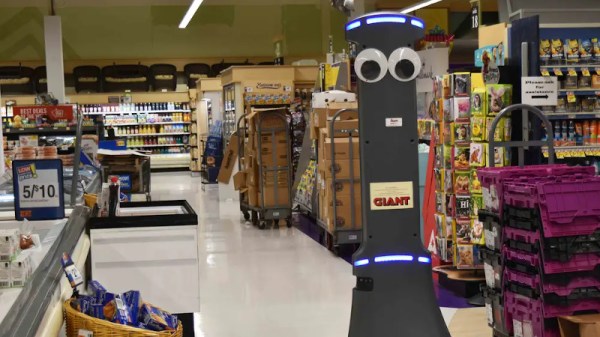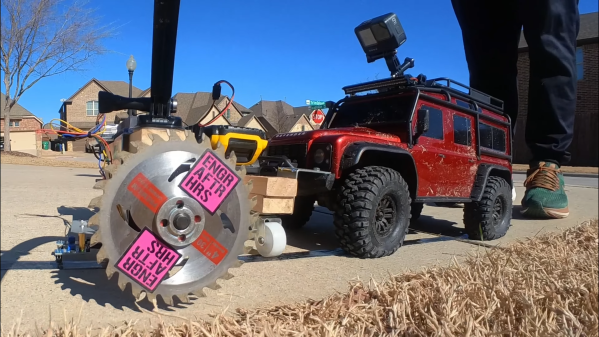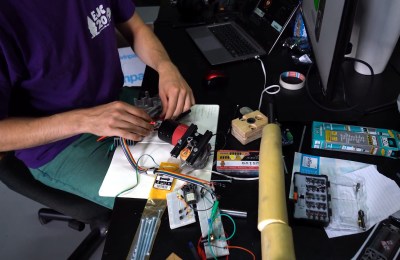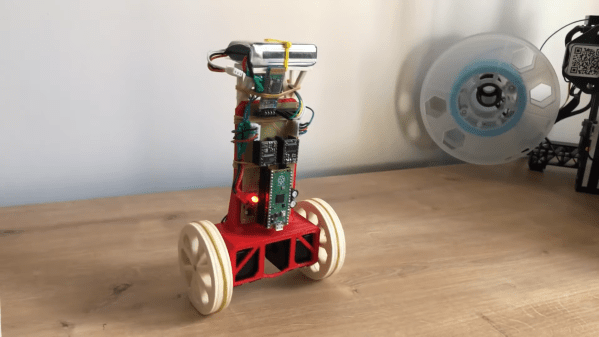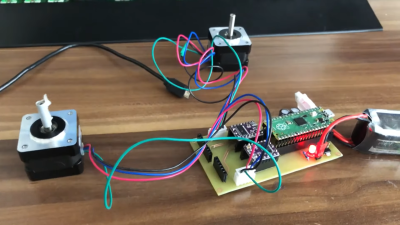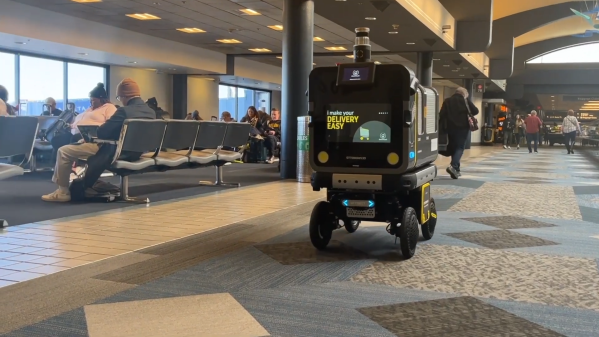Back in 2019, Giant Food Stores announced it would outfit each of its 172 stores in the United States with their own robot — at the time, the largest robotic deployment in retail. The six foot (1.8 meter) tall robot, nicknamed “Marty”, was designed to roam autonomously around the store looking for spills and other potential hazards. In an effort to make these rolling monoliths a bit less imposing in their stores, Giant decided to outfit them with large googly eyes.
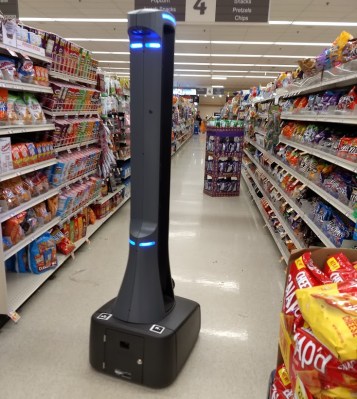
Perhaps it was those wide eyes, seduced by the fleeting glimpses of the wider world outside the store’s sliding doors, which lead one of these bots to break out of its retail hell and make a mad dash across the parking lot. Well, about as mad a dash as such a thing is capable of making, anyway. As this technology is still in its infancy, it’s hard to say if Giant should be congratulated or chastised for keeping a robot uprising at bay as long as it did — no doubt we’ll have more data points in the coming years.
A video posted to Facebook shows the towering bot moving smoothly between rows of cars outside the Giant in Hellertown, Pennsylvania. Staff from the store were able to stop Marty from leaving the property, and at the end of the video can be seen pushing the dejected automaton back into the store.
According to the local ABC news affiliate, a representative from Giant said Marty was “on a fresh air break” and didn’t provide any details on how this exceptionally conspicuous machine could manage to roll out the front door without anyone noticing. We’d wager Marty had a human accomplice for this caper, perhaps somebody looking to cause some mischief as a statement against robots in the workforce.
It’s worth noting that Walmart decided not to move forward with their own Marty-style robot in 2020, partly because they found shoppers didn’t like the machines moving around while they were in the store. We’d like to think it was actually because the robots kept staging increasingly daring escape attempts.
Continue reading “Grocery Store Robot Gets Brief Taste Of Freedom”

